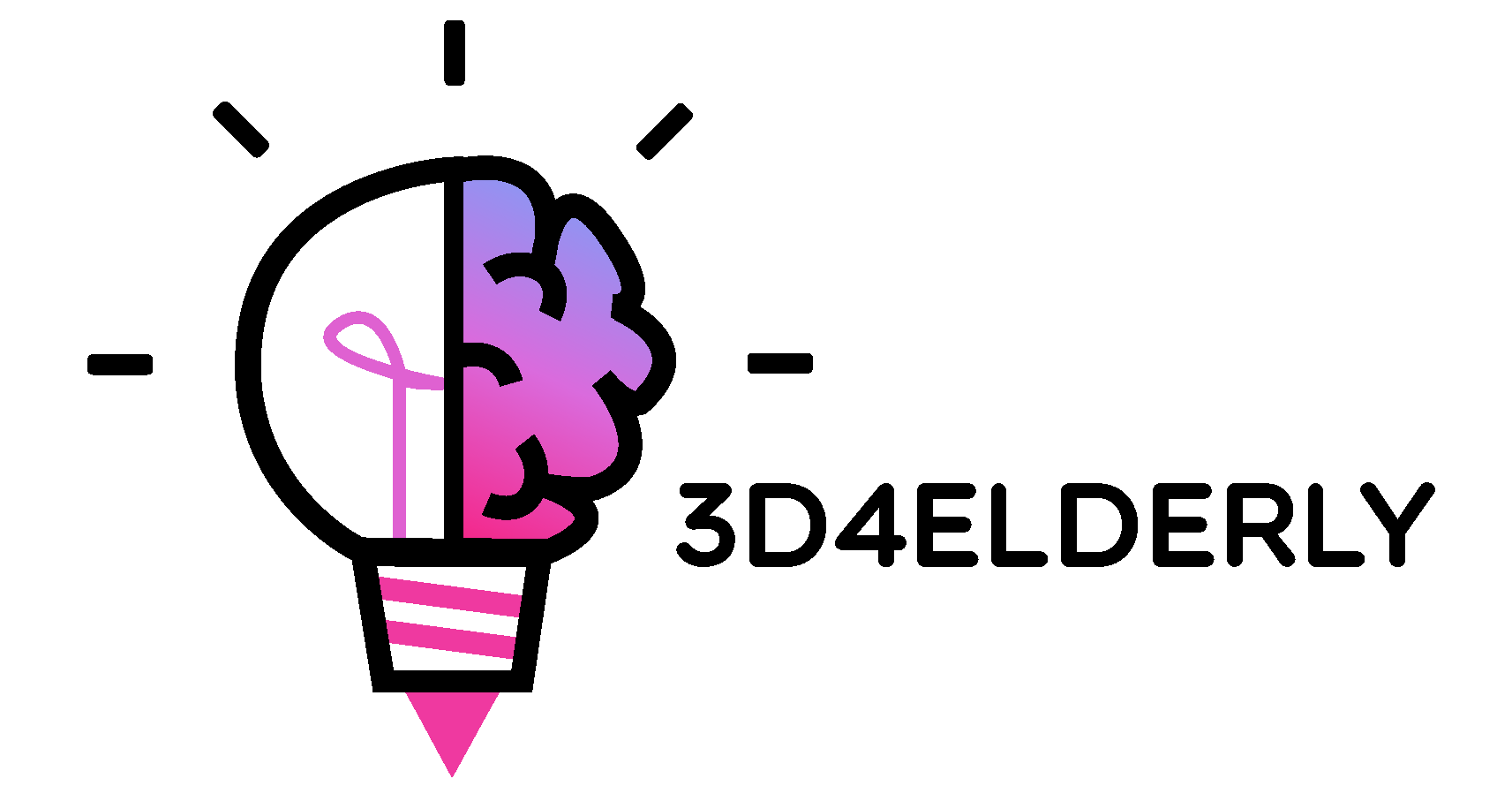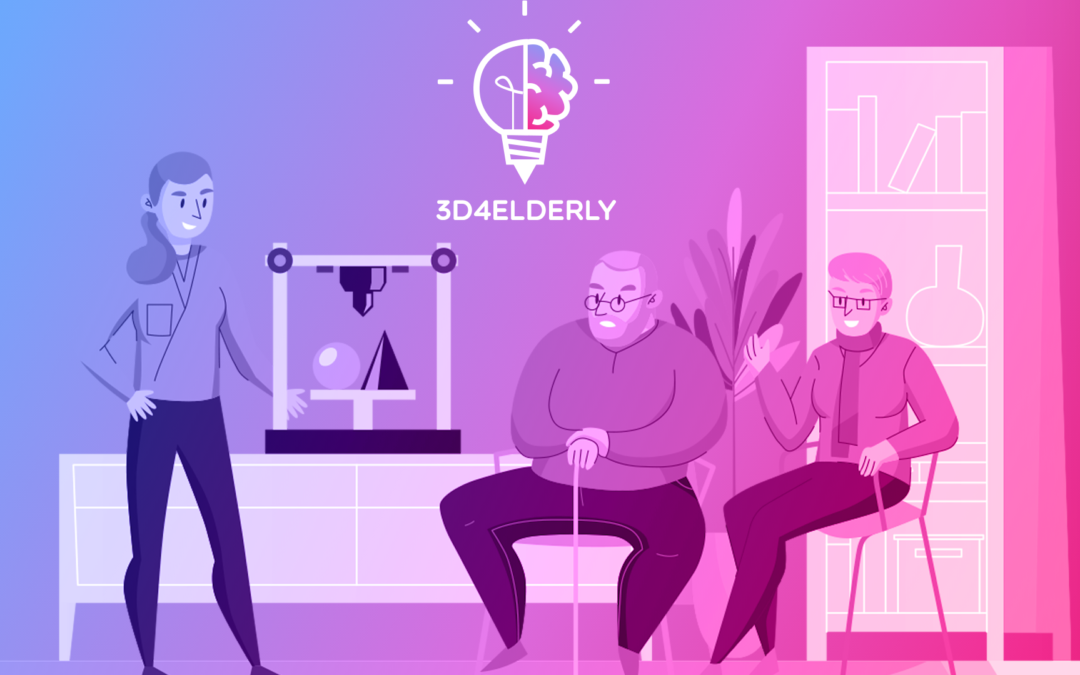The partners of 3D4ELDERLY – “3D printing to create innovative learning pathways for caregivers and staff members dealing with people with Alzheimer and elderly people with dementia” – have produced new results!
To achieve the main goals of the project, the consortium has defined several activities and results where is included a “Identification of 3D printing technologies to be used in Alzheimer and elderly context” document. The partners already has developed this document and it is downloadable in 5 different languages.
Please click on the language you are interested in to download the methodology:
ENGLISH
ITALIAN
LITHUANIAN
SPANISH
BULGARIAN
The document related with the 3D printing has as main aim to select the most suitable 3D printing technologies for performing the exercises for elderly people with Alzheimer disease, which they were selected by the 3D4elederly project partners.
In order to achieve this goal, it is necessary to present and characterize the main 3D technologies available on the market, taking into account, above all, the physical capabilities in terms of process, complexity, accuracy, but also price and, more importantly, speed.
The selection of the most appropriate technology for the exercises in the 3D4elderly project allowed the consortium of partners to develop a methodology for the implementation of 15 suitable 3D printing exercises and games for people with Alzheimer and elderly people with dementia. The methodology is downloadable in 5 different languages as well.
Please click on languages you are interested in to download the methodology:
ENGLISH
ITALIAN
LITHUANIAN
SPANISH
BULGARIAN
These exercises will help and support caregivers of older people to improve their quality of life and exercise different body skills: movement, orientation, memory, sight and so on.
To access the exercises, the consortium of partners is developing a platform where the 15 exercises can be downloaded free of charge. They will be modeled in 3D and then, through a gcode file, they will be tested with the 3D printer.
Keep following us for the next updates of the project and to discover the 15 exercises will be developed.
For further information visit Facebook, Instagram and Twitter pages of the project.

